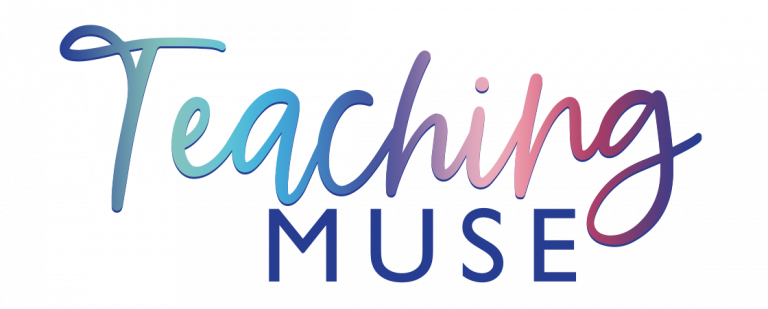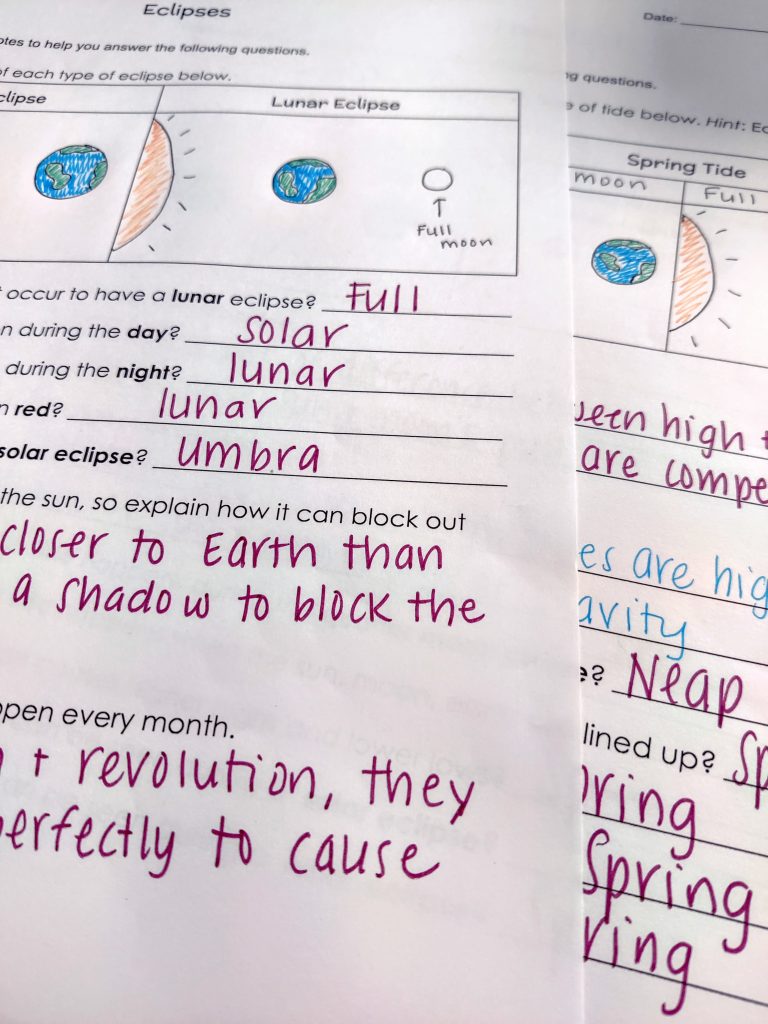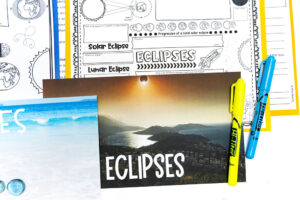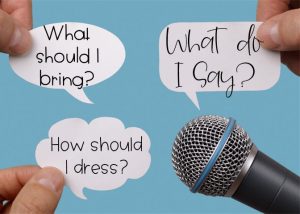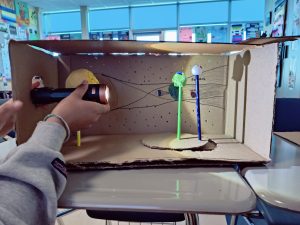Explaining the concept of eclipses can be difficult for teachers, especially when trying to make it engaging and meaningful for students. Fortunately, there are plenty of ways to teach eclipses that will capture students’ attention and help them understand this fascinating phenomenon. Here are three fun and educational activities to bring your eclipse lesson to life!
3 Way to Teach Eclipses
Compare Solar and Lunar Eclipses
Have students compare solar and lunar eclipses by comparing and contrasting their similarities and differences.
To start this discussion, point out that solar eclipses occur when the Moon passes directly between Earth and Sun while lunar eclipses occur when Earth passes directly between Sun and Moon—a difference that has implications for what we’re able to see during each type of eclipse!
Then talk about similarities, such as how both types are only visible from certain parts of Earth at certain times due to their alignment relative to Earth’s orbit around the sun.
By focusing on both differences and similarities between solar and lunar eclipses, your students should better understand why they occur while also recognizing when they might happen again in future years!
Earth, Sun, Moon Model of Eclipses
Another great way to teach solar and lunar eclipses is through a model of the Earth, sun, and moon.
Models can use hands-on materials, but if you are on a budget, have students create an illustration as a model to show the differences between the positions of the Earth, sun, and moon during a solar and lunar eclipse.
To make it hands-on, use Styrofoam balls and sticks of various sizes to make the Earth, sun, and moon. Then have your students set up their models to show a solar or lunar eclipse.
The picture to the right shows one my student made for an Earth’s Motions project coming out soon!
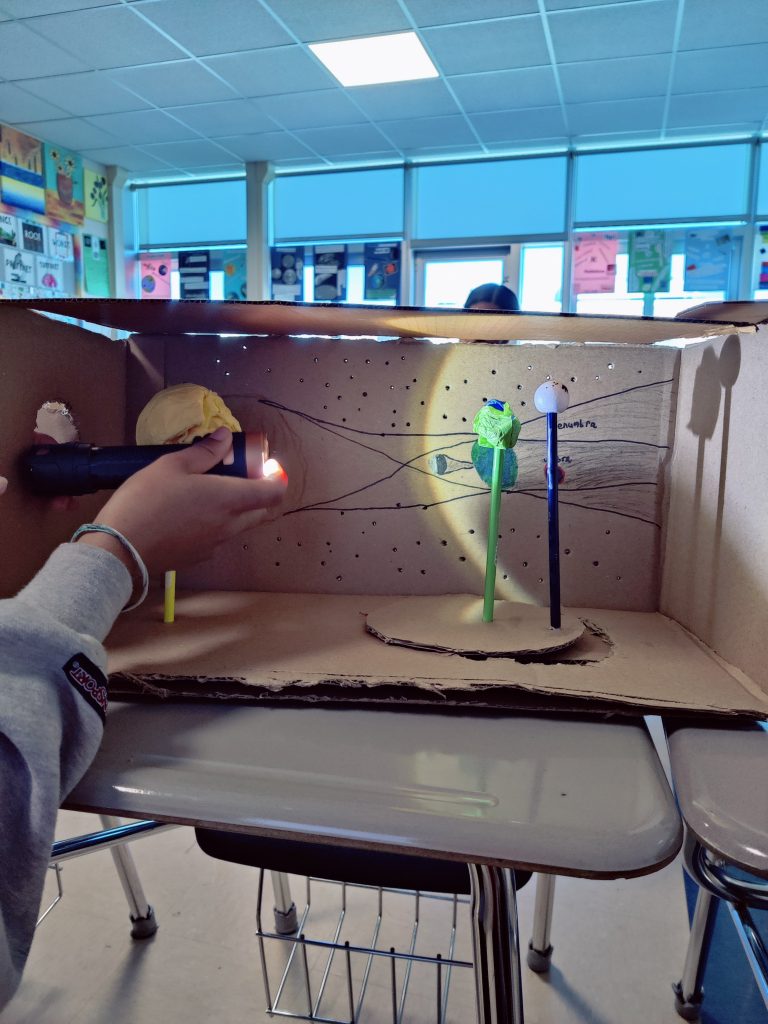
Using Videos to Teach Eclipses
Technology has made it easier for teachers to bring phenomena into their earth science classrooms.
Showing videos or slideshows of actual eclipses can help students better understand what’s happening during an eclipse, including why it happens and what makes it unique.
Below is one of my favorite videos to teach lunar and solar eclipses in my classroom!
There are plenty of creative ways to teach your students about eclipses in the classroom! Utilizing technology, crafting models, or watching videos can all be effective tools in helping your students become more knowledgeable on lunar and solar eclipses while having plenty of fun along the way!
By using these three methods, you can make sure your lesson plans have something for everyone – no matter what type of learner they may be – while also bringing some interesting new perspectives into the classroom when discussing this fascinating topic!
Other tips and ideas you might be interested in:
